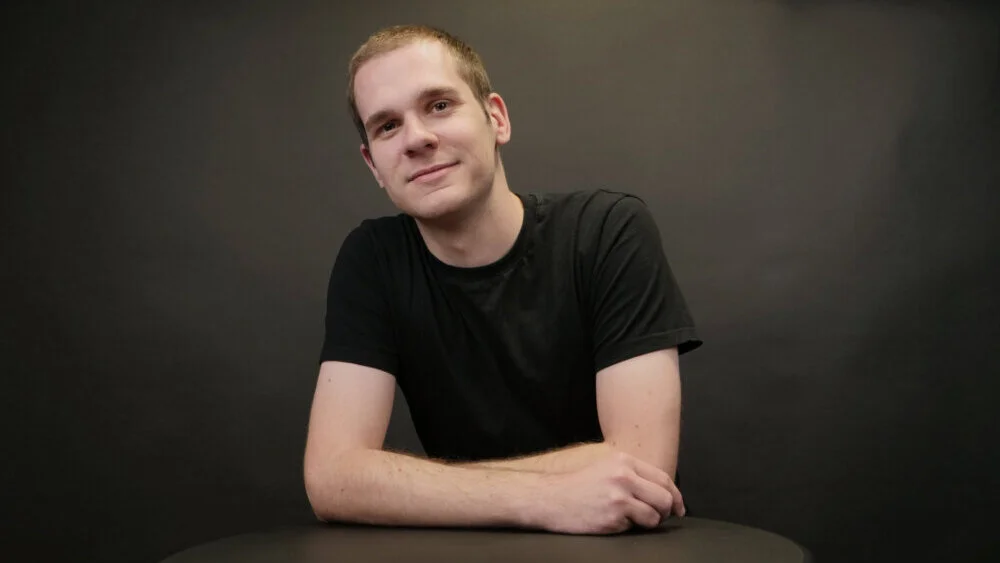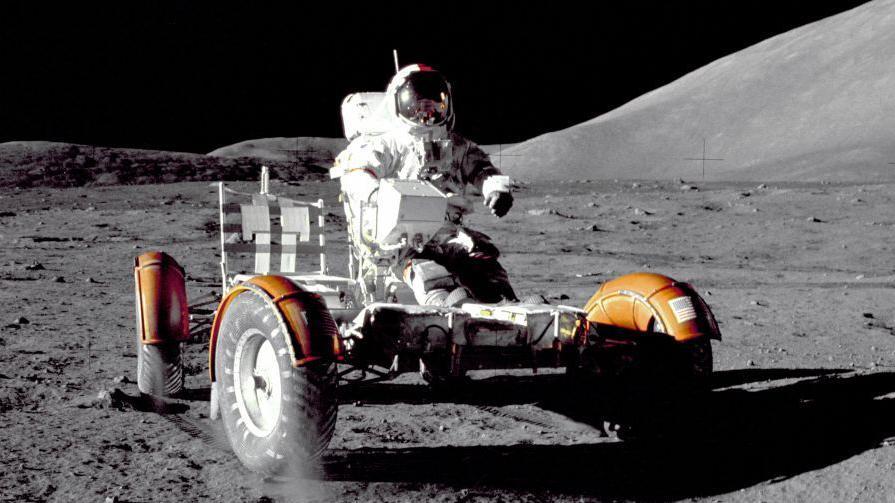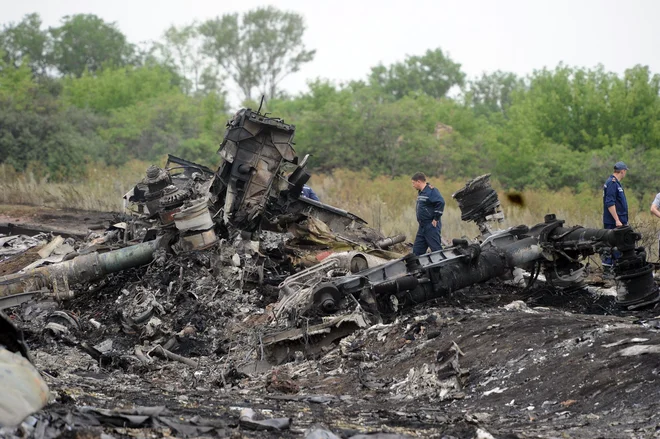When does the body start burning fat while we exercise – BBC News in Serbian

Many people go to the gym due to one goal – fat burning. However, the body does not exceed immediately in fat burning mode. Instead, it relies on a complex system of energy use, depending on the intensity and duration of exercise and availability of energy.
In order to understand how the body burns fat, it is first necessary to know how to use energy.
How does the body use energy?
« The body has current energy reserves in the shape of glycogen, the type of carbohydrate, which stores in muscles and liver, » Paulo Korea, professor of physiology at the Federal University of Sao Paulo, Brazil.
« Glycogen quickly provides energy for activities that require sudden efforts, such as sprints of 100 meters or lifting heavy weights, » says BBC Professor Korea.
Glycogen stems from carbohydrates we enter, among which ones are healthy like fruits, vegetables and integral cereals, but also less healthy, such as sweets, white bread and carbonated drinks.
Although both types ensure energy, unhealthy sources often have more calories and less nutrients.
Fats serve as an energy reserve when we enter more calories than we burn.
They provide more energy per molecule compared to glycogen, but the body needs more time to decompose and turn them into useful energy.
Ed Merit, Professor of Kinesiology at Southwestern University in the American state of Texas, use an example of candles and pieces of wood to explain this process.
« The candle represents fat – it burns slowly and steadily – while the wood burns quickly and powerfully, but it is spent fast.
« Our body works in a similar way.
« If we need fast energy, as during intense exercise, we burn carbohydrates.
« But if the energy requirements are lower, we rely more on fat ».
Professor Merit for BBC explains that this concept refers to « fat burning zone » when the body uses fat as a primary source of energy during the activity low to moderate intensity.
However, it emphasizes that this zone can be reached even during sedentary activities, such as computer and watching television, but it does not mean that there is a weight loss.
« Reliance exclusively on the fat burn zone for weight loss can be deceived.
« The story is much more complex, » he added.

Which exercise is the best?
A common misconception is that cardio exercise is the only efficient way to lose fat.
Although activities such as running and driving bicycles burn calories, the strength training is equally important.
Muscle building accelerates metabolism in a standing situation because muscular tissue requires more energy to be maintained than fatty tissue.
This means burning more calories even when you don’t exercise.
Muscle mass plays a key role in general health, as it helps prevent chronic states such as diabetes, heart disease and osteoporosis (weakened bones).
During intense exercise, the body primarily burns glycogen.
However, during the activity of moderate intensity, such as long walks, the body goes to combust a larger amount of fat when the glycogen stocks begin to spend.
This activity intensity is known as « zone 2 », which is approximately 60 to70 percent of your maximum heart rate.
Although this way is useful for heart health and increases fat oxidation, it is not necessarily the most effective for loss of fat deposits.
If you want to weaken, the burning calories is crucial, and less important where they come from.
The body stores fat when the calorie intake is greater than their consumption.
And when you burn more calories than you make, then lose weight.
« During low intensity activity, you burn a higher percentage of fat, but less overall calories.
« And during high-intensity activities, the smaller percentage of burned calories comes from fat, but overall more calories, » explains Professor Merit.
High intensity training that is done at intervals (HIT) may not burn fat directly during exercise, but can contribute to fat loss over time.
« After the termination of exercise, the enhanced energy consumption continues.
« The body continues to use glycogen from muscle and liver until the level of activity returns to normal, » said Professor Korea.
Individual factors, such as genetics, age and physical readiness, play a significant role in fat combustion efficiency.
Thanks to genetics, some people can have a natural faster metabolism, which allows them to easily access to fat supplies.
As we grow old, the metabolism is slowing down, muscle mass decreases, and hormonal changes affect storage and use of fat.
Video: Ozempik – People risk lives buying « weight loss injections » online
Do you need to eat after training?
Although exercise is important for fat loss, the way you recover after training is also important.
« After training, the body works on restoring quickly burning fuel (glucose) you spent.
« If you do not eat immediately after training, the body can decompose stored fat to restore these levels, » explains Professor Merit.
However, if your goal is to improve performance, whether you want to rise higher weight, run faster or increase endurance, meal immediately after training is key.
« It helps recover your body, so you can train intensively next time.
« In the end, it all depends on your goal.
« Weight loss and performance improvement are often in conflict, » Professor Merit is added.
Reduced carbohydrate intake can encourage fat combustion and to be effective in some cases.
However, in combination with regular exercise, it can be counterproductive.
The diet that involves low carbon hydration can lead to fatigue, muscle weaknesses, and even losing muscle mass, because the body can start degrading muscle tissue to produce glucose when fat cannot meet energy needs.
It can also weaken the immune system because glycogen plays a key role in the body’s recovery and immune function.
As nutrition affects fat burn
Physical activity makes it difficult to store fat, but the effects of only exercise are limited in terms of calories that can be burned.
Nutrition and overall energy balance are key.
« Fats are warehous only when excess energy is not used, » says Professor Korea.
To turn everything into numbers.
A pound of fat is just as approximately 7,000 calories.
About 300 calories can be burned by half-hour bicycle, but this loss can easily be undone with a piece of pizza or cake.
« Exercise is necessary for general health, but the calories that are burned during training can be easily compensated for nutriture, » Professor Merit concludes.
The BBC in Serbian is from now on and on the morning, follow us Here.
Follow us on Facebook, Twitter, Instagram, Jutjubu and Vajiberu. If you have a topic suggestion for us please contact (Email Protected)







